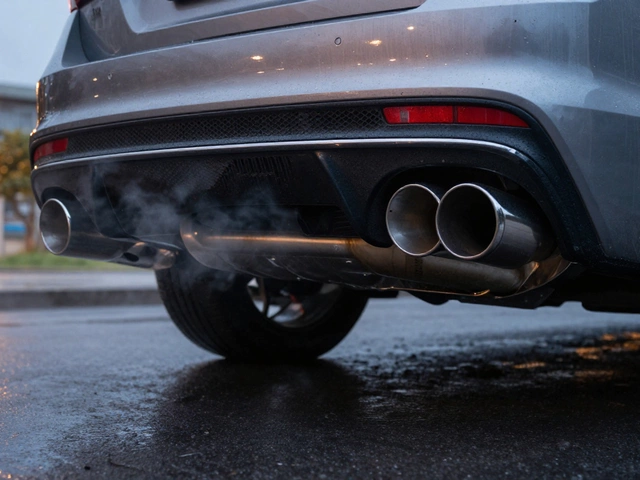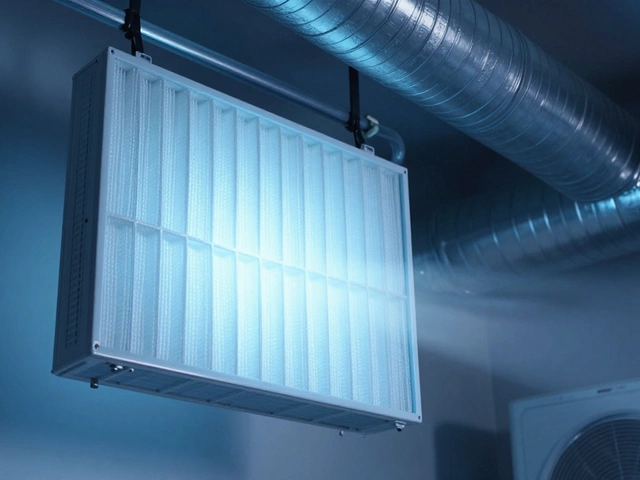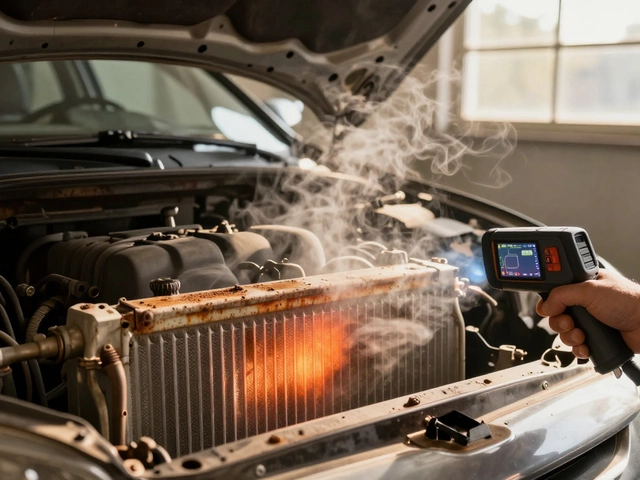Soft Suspension: Comfort Meets Performance
When dealing with soft suspension, a setup that focuses on a smoother ride by using more compliant springs and dampers. Also known as comfort suspension, it aims to absorb road irregularities and reduce cabin vibration. If you’re looking to improve soft suspension, start by understanding the key components that make it work.
One of the core parts is the shock absorber, the damper that controls the movement of the spring and prevents excessive bounce. Shock absorbers work hand‑in‑hand with springs to turn harsh impacts into gentle motions. Next up, the coil spring, a helical metal spring that supports vehicle weight and defines ride height. In a soft suspension tune, coil springs are often chosen with a lower spring rate, meaning they flex more easily under load, which directly contributes to a plush feel.
Beyond traditional steel components, many modern cars use air suspension, an adjustable system that replaces or supplements coil springs with air-filled bags. Air suspension lets drivers fine‑tune ride softness on the fly, adapting to load changes or road conditions. Because the air pressure can be increased or decreased, the system influences both comfort and handling, bridging the gap between a soft ride and stable cornering.
Why Soft Suspension Matters for Everyday Drivers
Soft suspension isn’t just about luxury; it improves real‑world driving. A compliant setup reduces driver fatigue on long trips, especially on rough highways or city streets riddled with potholes. It also protects the vehicle’s chassis and interior components from wear caused by constant vibration. However, too soft a setup can lead to body roll during aggressive maneuvers, so many manufacturers pair soft springs with stiffer shock absorbers or adaptive damping to keep the car planted.
Maintaining a soft suspension means regularly checking for wear on shock absorbers and inspecting coil springs for cracks or sagging. Air suspension units require periodic leak checks and proper compressor function; a slow leak can cause the car to sag and affect alignment. For DIY enthusiasts, swapping out worn shock absorbers or upgrading to progressive‑rate coil springs can restore the intended comfort level without a full system overhaul.
When you scan the articles below, you’ll find deep dives into each of these parts, step‑by‑step guides for replacement, and advice on choosing the right components for your driving style. Whether you’re troubleshooting a bumpy ride or planning an upgrade, the collection gives you practical insight to keep your vehicle cruising smoothly.

How to Soften Your Car Suspension: DIY Tips for a Comfortable Ride
Learn practical ways to soften your car's suspension for a smoother ride. Covers shocks, springs, air kits, bushings, anti‑roll bars, DIY steps, costs, and FAQs.
CONTINUE READING








